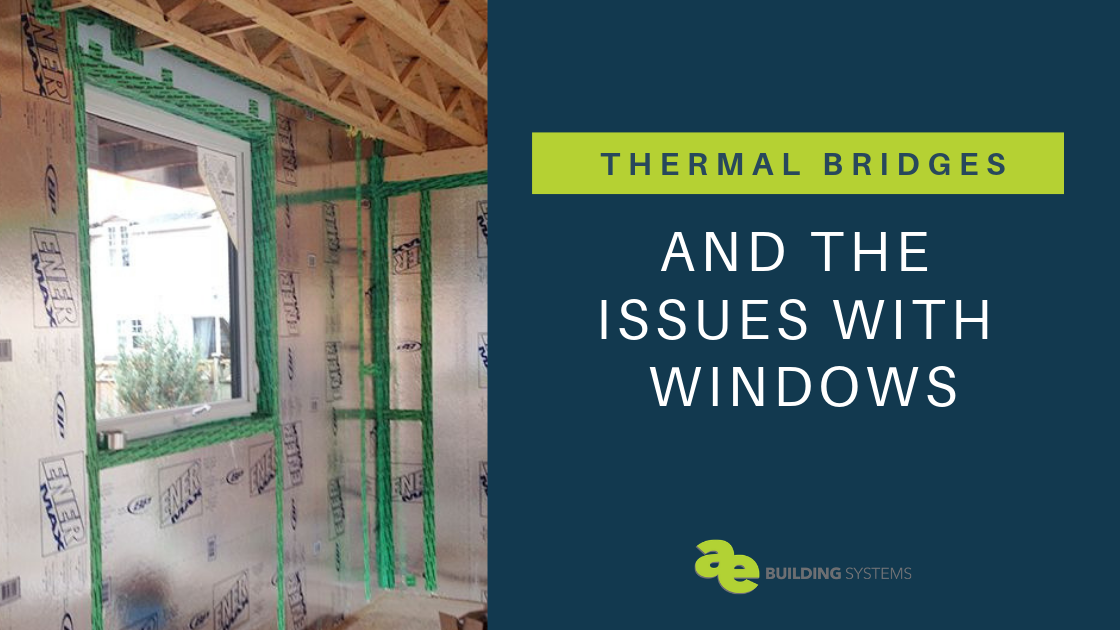Your cart is currently empty!
Category: Blog – All Articles
-
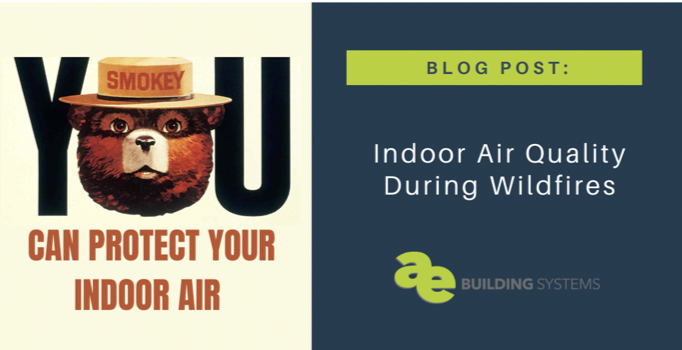
Indoor Air Quality During Wildfires
Smokey the Bear teaches us to help prevent wildfires, but Passive House Design and ERVs help teach us what to do to PROTECT indoor air when a wildfire is already happening! Those of us out west are no strangers to wildfires. They’ve become a regular topic of conversation in the summer months, and can be…
-

Passive House Air Infiltration Hot Spots
Building a sustainable building envelope is easy…until you add in openings. Wouldn’t it be nice to be able to make efficient building envelopes in a snap? But that’s not how life works. We need doors and windows and vents and openings in order for a building to function. So, alas, we have to deal with…
-

Breathe Easy Inside: Air Quality Improvement with CERV2
Ready to breathe easy? Air quality has become more and more of a focus in recent years. It has more than just mental benefits; air quality has a direct correlation with our physical well-being. Those of us in the construction industry have known this for years, but recently with COVID-19, the world is now aware…
-
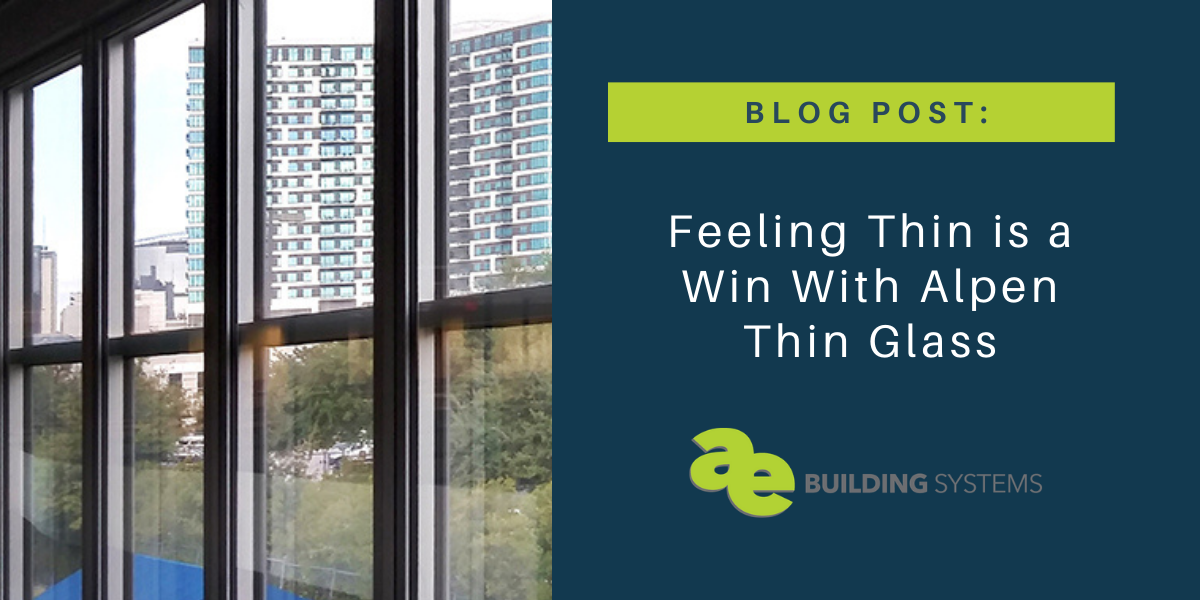
Feeling Thin is a Win With Alpen Thin Glass
You know that feeling when you try on your old Letterman Jacket, or the jeans from ten years ago? It feels GOOD to fit into the same size, right?! That same feeling is what we get when we fit triple pane windows in the same standard size of a double pane window and get even…
-
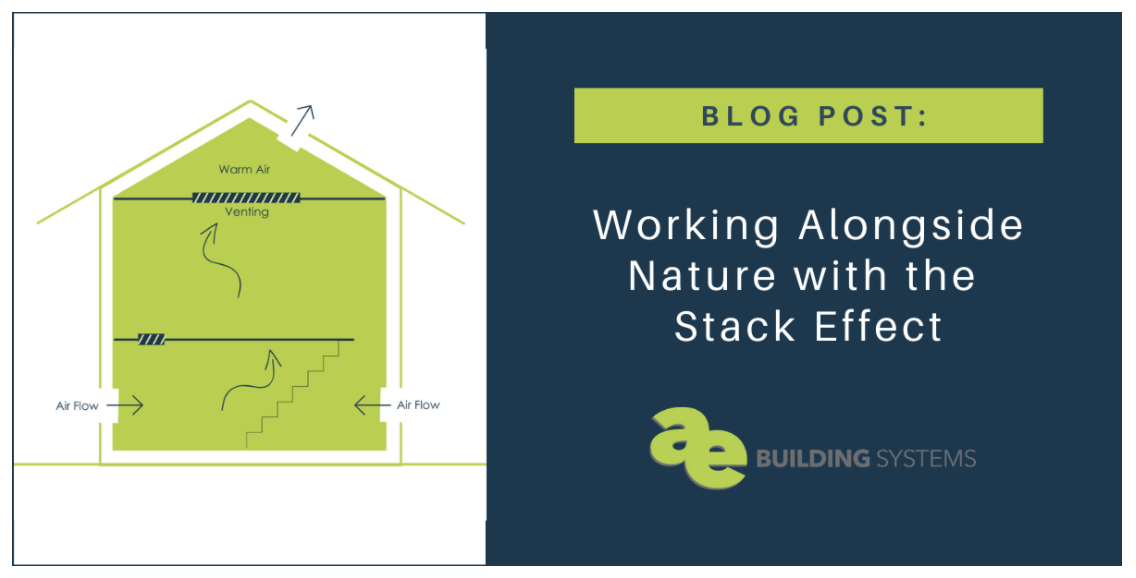
Working Alongside Nature with the Stack Effect
We’re always trying to work smarter, not harder, right? So, that begs a BIG question in construction of why we have worked so hard to heat and cool houses for so many years! So much of our modern mechanical systems and building design ignores very simple ways to heat and cool a space. Instead, if…
-

Modern Farmhouse With a Passive Twist: Profile on Greg Fisher’s Millhaus
Modern Farmhouse With a Passive Twist: Profile on Greg Fisher’s Millhaus Long before the modern farmhouse was a trendy term on HGTV, an architect had a vision for design that had a connection to nature, history, sustainability, and all-around innovative design. Greg Fisher, architect based in Fort Collins, Colorado, embraced the concept with his home/office,…
-
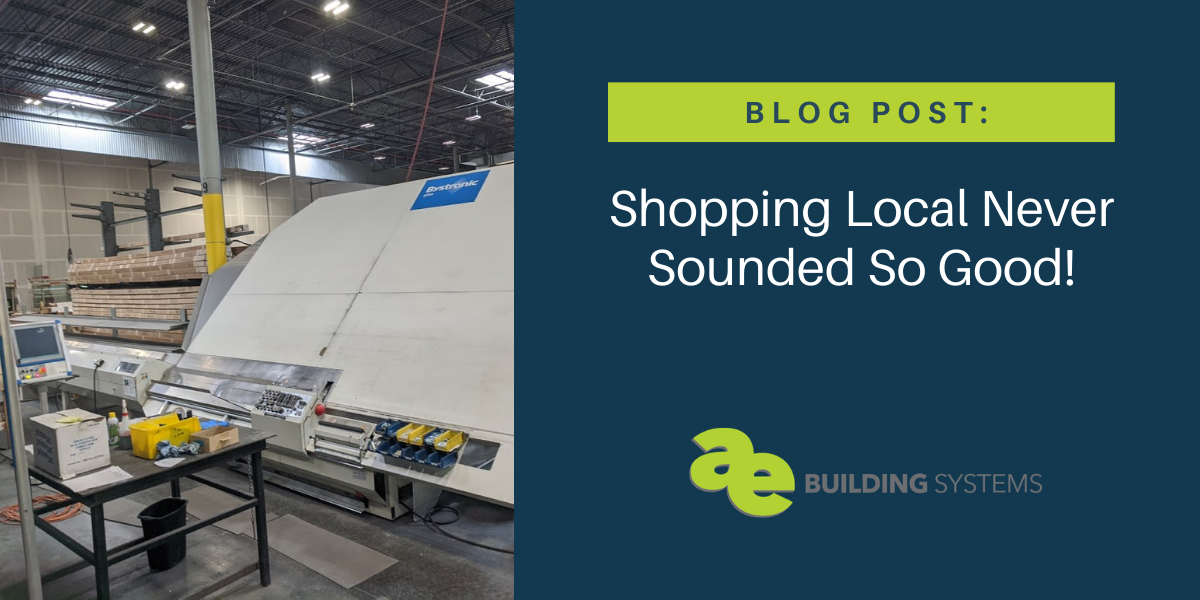
Shopping Local Never Sounded So Good!
Expanded Capabilities with Alpen’s New Manufacturing Facility Shopping local and supporting local businesses has become a big concept in our world, and as a small business ourselves, we love that so many people want to support local businesses like ours. It’s even more exciting when we can also support local businesses in the products we…
-

The Rise of the ADU: Increased popularity AND energy efficiency
Call it a Granny Flat, a Mother-in-Law Suite, a She Shed, a Man Cave, or whatever you want, an Accessory Dwelling Unit (ADU) has become the BIG THING in residential architecture today. ADUs have become a popular feature in homes from city neighborhoods to rural properties, and they make a lot of sense when you…
-
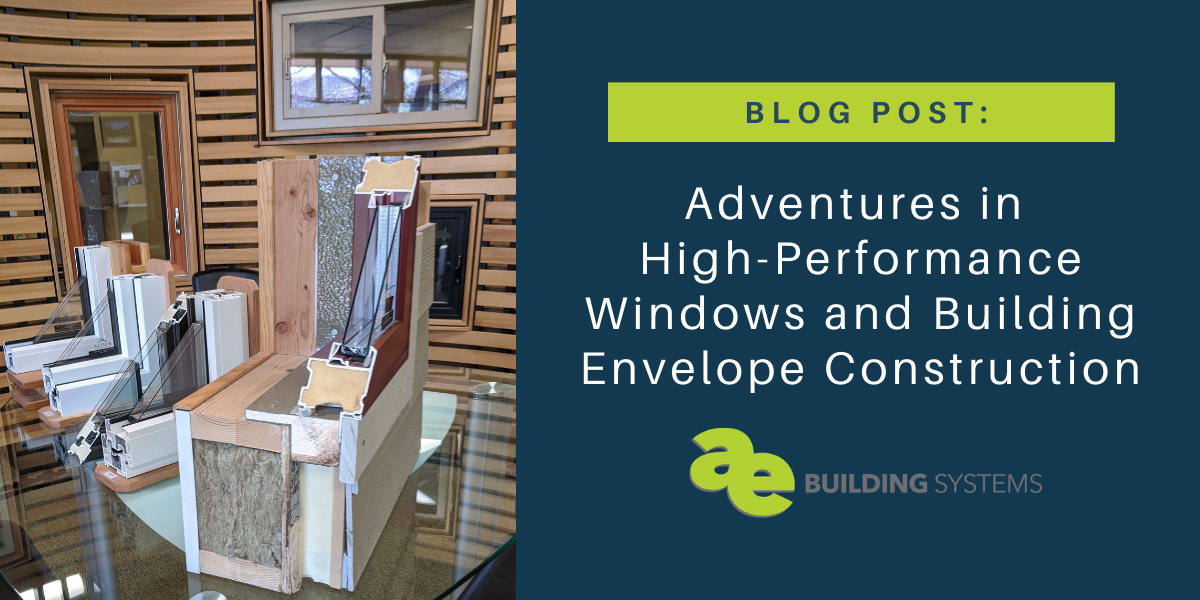
Adventures in High-Performance Windows & Building Envelope Construction
When we moved into our home, it was an adventure! As we got to know the neighbors, we’d hear stories about the former owner. One such story included how the elderly woman would go away for a week on vacation and leave all of the wooden crank windows wide open so that her cats could…
-
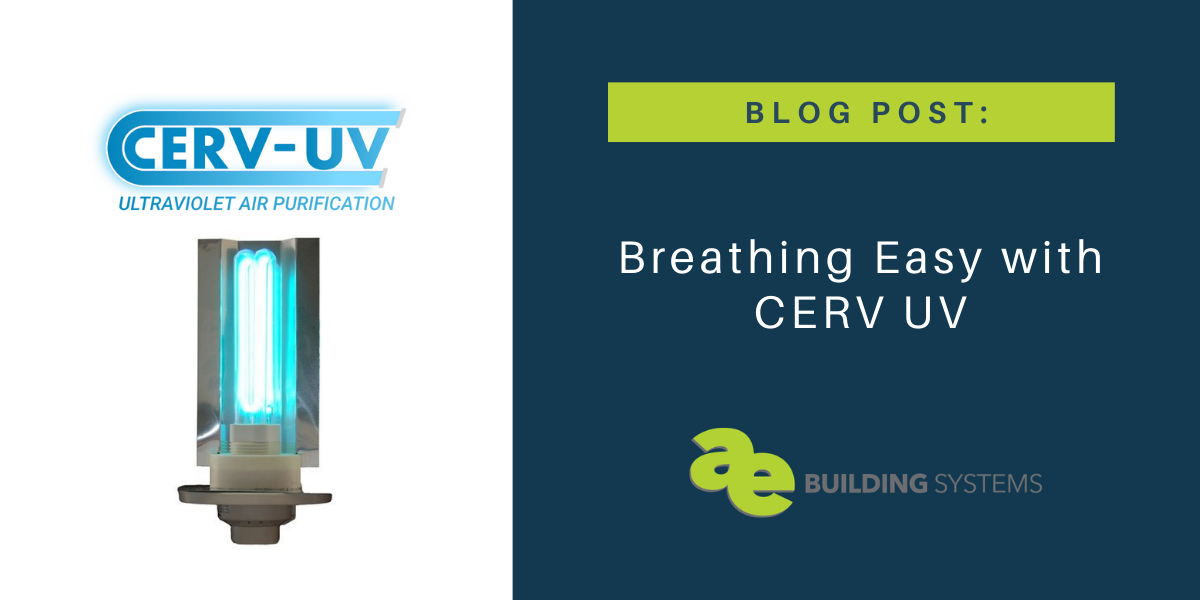
Breathing Easy with CERV UV
If ever there was a time where we cared about our air quality, it’s now. With the recent pandemic, airborne illnesses have caused a huge spike in air quality considerations for construction. Many universities are moving classes to occur in spaces that already have higher quality ventilation; plus, commercial spaces are retrofitting and improving their…
-
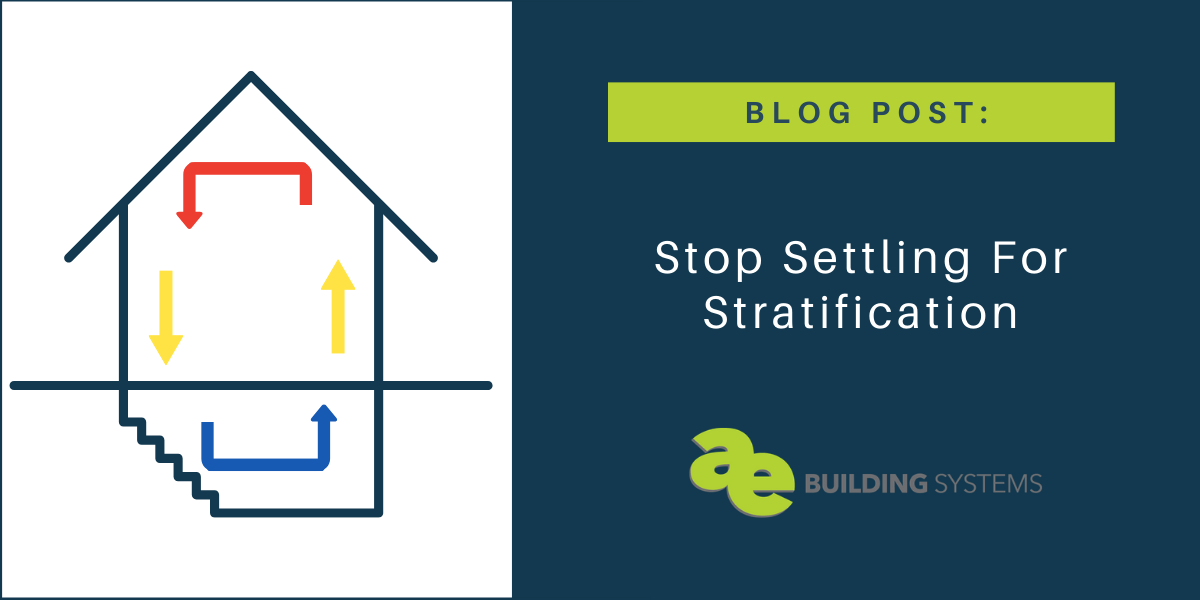
Stop Settling For Stratification
We’ve come to know that some parts of a house are generally going to be hotter than others in the summer months. Certain rooms of the house bake, while others are nice and comfortable. Why do we settle? The truth is that no house needs to operate like this. When you understand stratification and convection…
-
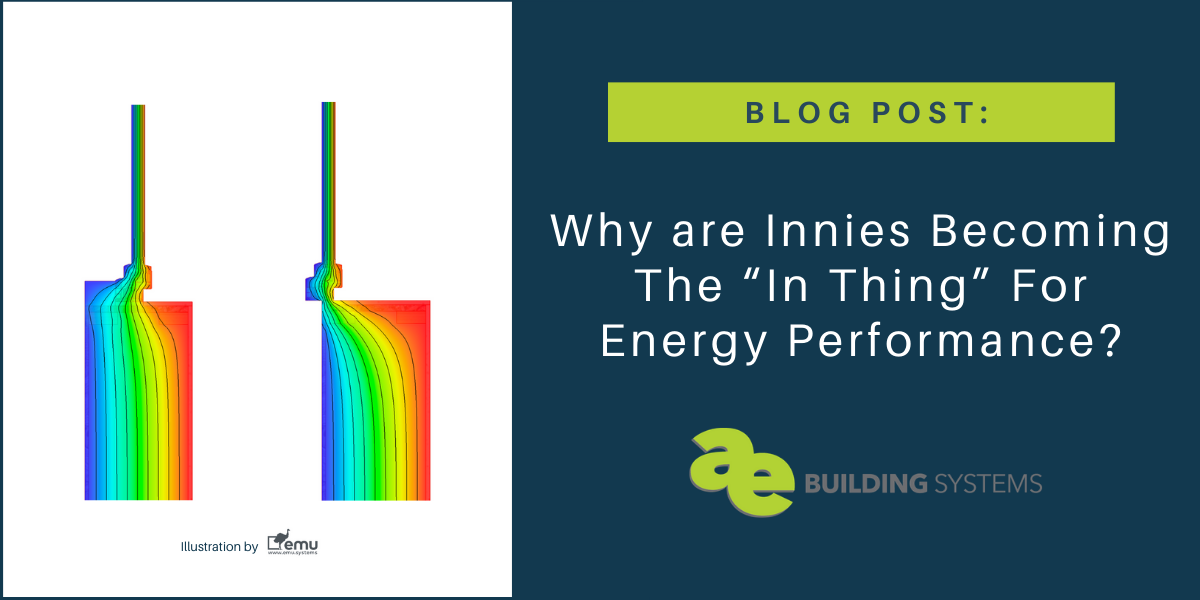
Why are Innies Becoming The “In Thing” For Energy Performance?
One of the big debates in construction sounds a lot like we’re talking about belly buttons, but we’re actually talking about window construction: innie vs. outie! In construction this great debate has been going on for some years and it can be confusing to know what the right solution is for your project. Each style…
-
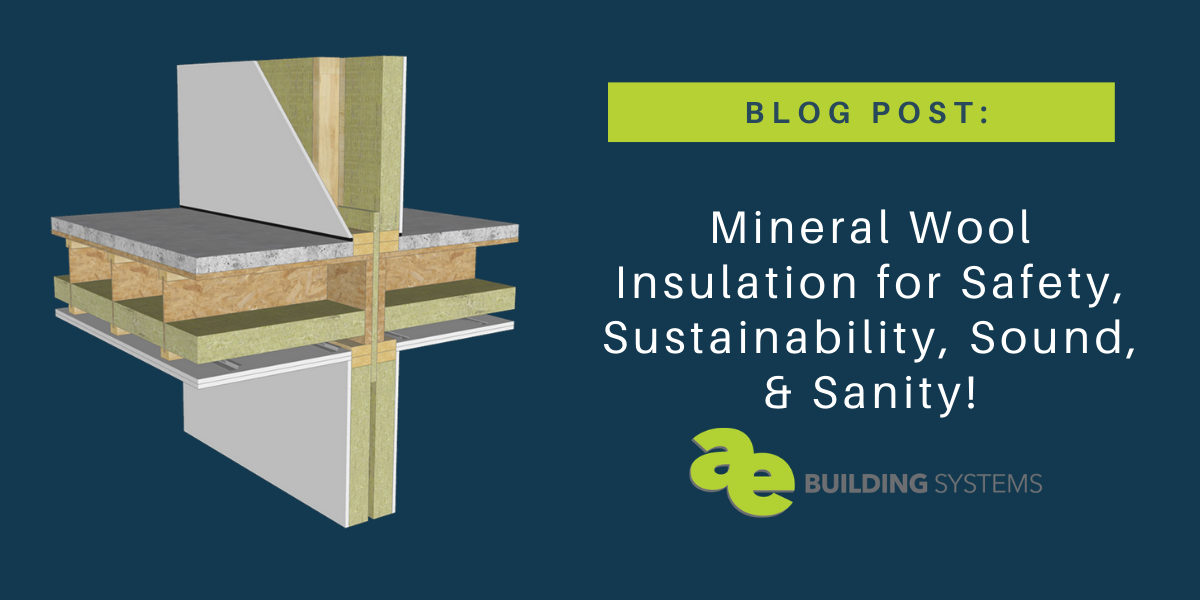
Mineral Wool Insulation for Safety, Sustainability, Sound, & Sanity!
Sometimes homes are built in places with noises we can’t control. Whether it’s a plane overhead, a train nearby, or a loud neighbor who likes to sing off-pitch. If you find that there are noises you’d like to keep in, or out, from your sanctuary of a home, the insulation you use is quite important.…
-

Simple Approach to Improving Ventilation in Any Home
Take My Breath Away… While the Berlin song from Top Gun was a big hit in the 1980’s, in a home, we know that good air quality is vital to a healthy space. As homes have become more energy-efficient and airtight, air quality in a home is one of the top priorities. Why Does Air…
-

Passive House Resource Guide
Resource guide to up your Passive House knowledge – Whether you are building your own home, or you are hiring a contractor to help build your Passive House, you’ll want to get knowledgeable. The exciting thing about Passive House is that the designs are constantly evolving and getting better. There are new faces joining the…
-

7 Value Engineering Tips for Window and Door Design
Have you or your clients had significant sticker shock when the window and door bids are provided? It is pretty common… but there are ways to reduce cost without sacrificing much and often while improving performance. By Value Engineering (VE), you’ll help save money with your project and there are several concepts to consider…
-

A Better Way With ThermalBuck
ThermalBuck Basics For Energy Efficiency “There’s got to be a better way!” Have you ever thought to yourself? So many of us in the world of construction become miffed when it comes to dealing with the problem spots in construction like window and door openings. No, this isn’t an infomercial, and we aren’t going to…
-
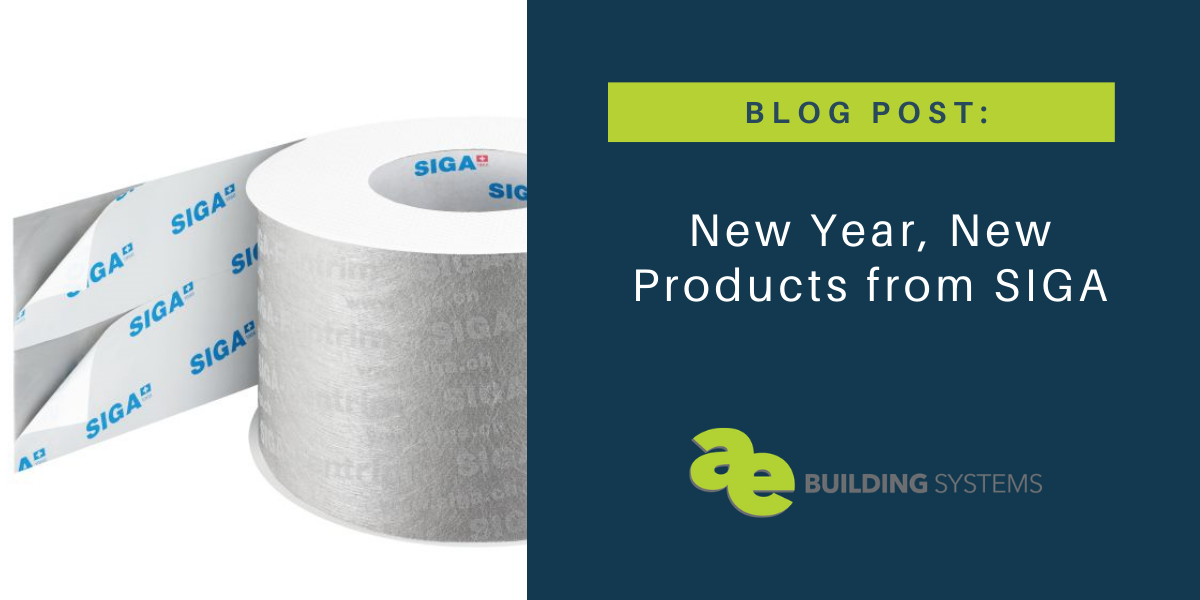
New Year, New Products from SIGA
You may not have asked for construction products for the holidays this year, but that’s what you got under the Christmas tree! As we start off another great year, we’re all excited about the latest and greatest from SIGA. We know this means even better construction and energy savings in projects to come. These products…
-

Keep the Arctic Out: An Overview of Passive House Design Solutions
Have you ever experienced a drafty spot in the living room? Perhaps, you have one room that just never stays warm? In our modern days, we’ve come to expect that houses simply are drafty or have cold zones. However, the truth is that we don’t have to settle for Arctic blasts inside our homes. There’s…
-
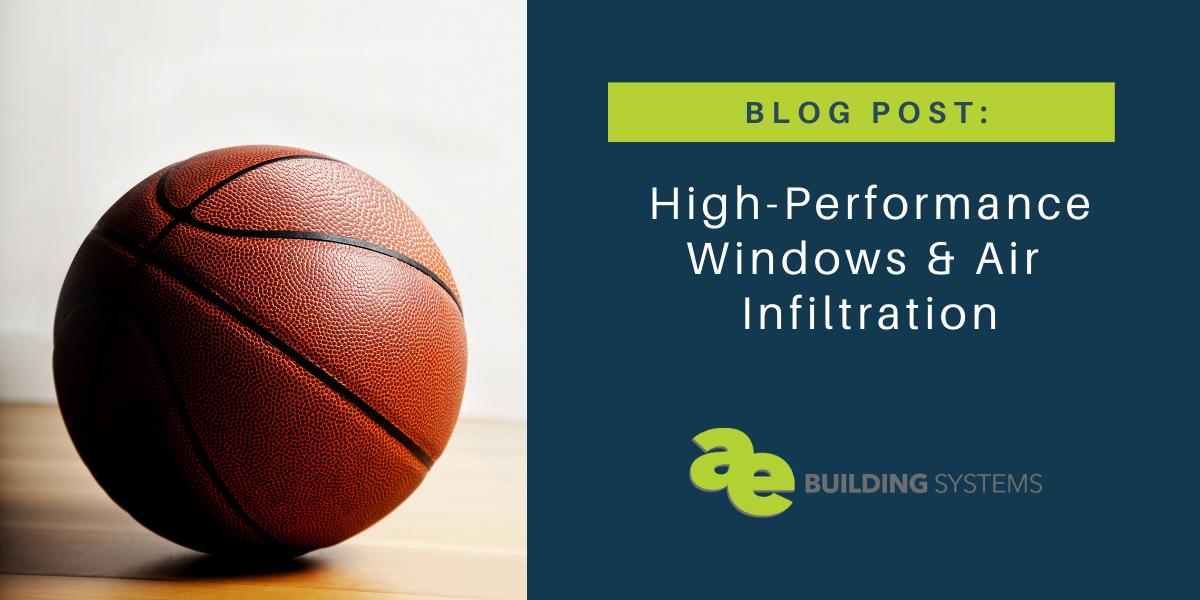
High-Performance Windows & Air Infiltration
Generally speaking, windows are the weakest link in our building envelopes. When evaluating windows, often the insulative specifications (R-value / U-factor) are the primary focus. Just as important are the air infiltration rates. Code-built homes often lose 20 to 40% of the heat in the home through air infiltration. Windows and doors are a significant…
-
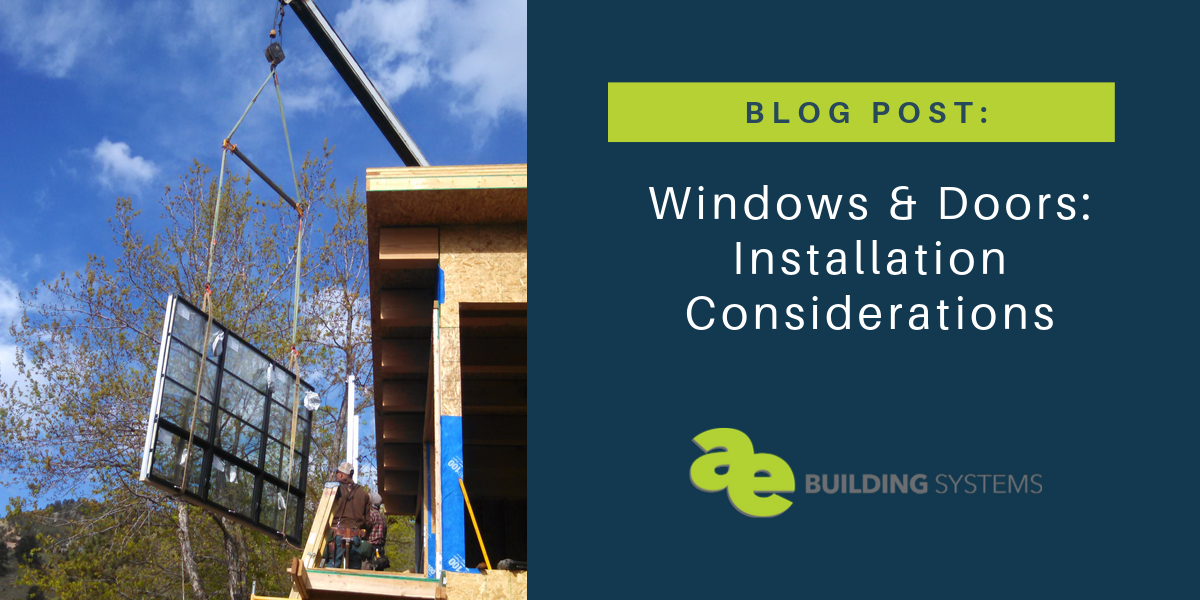
Windows and Doors: Installation Considerations
In this post, we’ll go over a few key tips for installing windows, sliding doors, and swing doors. Whether you’re updating windows in your home to modernize the look or increase energy efficiency, or you’ve got a new build going up, we hope the information we’re about to drop gives you some insight to the…
-

A Primer on Windows and Doors
Knock knock.Who’s there?Harry.Harry who?… Harry up and answer the door so we can talk about that big hole in your building! There are lots of things we geek out about over here, and gaping spaces in buildings get our full attention. First-world countries have come a long way since the Three Little Pigs style of…
-

Thermal Bridging in Roofs and Framing
This post is part of a series on thermal bridging. Warm air rises, so you can imagine roofs are kind of a big deal when it comes to thermal anything. Point of fact, your roofing system’s thermal performance is a major factor in your building’s overall thermal performance. And one sure-fire way to sabotage the…
-
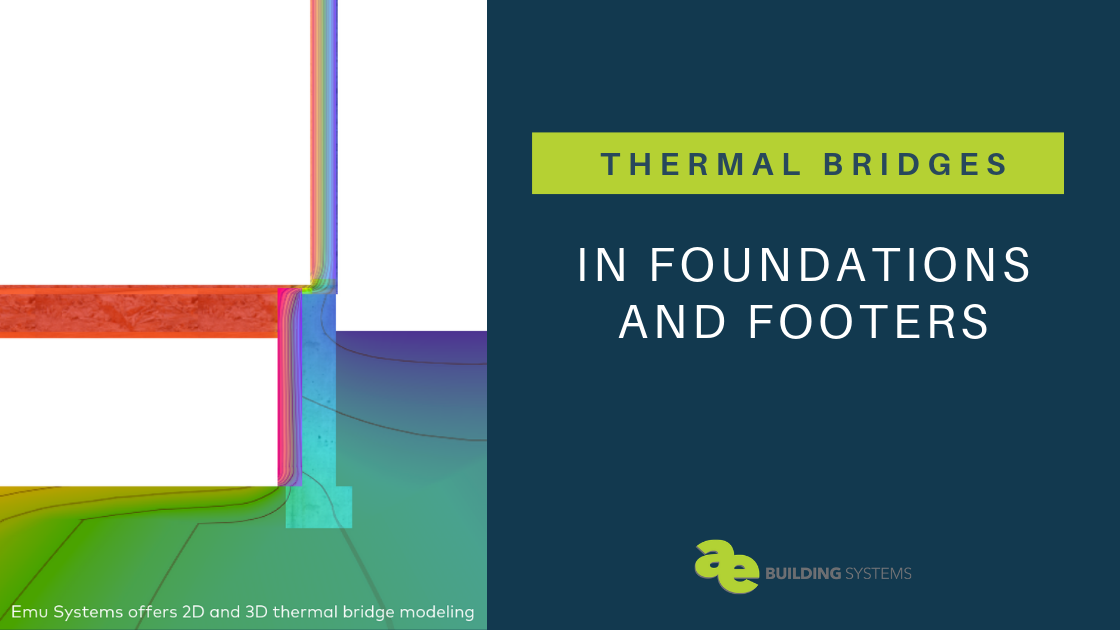
Thermal Bridging in Foundations and Footers
This post is part of a series on thermal bridging. Exposed concrete foundations are notorious for glowing yellow on thermal imaging. All that concrete acts as a highway for heat to leave the building, and should be given as much attention as windows, balconies, and the rest of the building envelope. Let us join the…
-

Thermal Bridging and Decks, Cantilevers, and Balconies
This post is part of a series on thermal bridging. Have you been charged with designing an energy-efficient deck or balcony? Or maybe you’re looking at blueprints with cantilevers that has your gut telling you something’s not quite right. Perhaps you’re a homeowner itching to start a project, but the term “thermal bridging” stopped you…
-

What Are Construction Thermal Bridges in Buildings?
Do you have a random “cold spot” in your dining room or perhaps in an area where a sweater is always needed, no matter how high the thermostat is set? Thermal bridges may be at play. If you don’t work in or around construction, you may have never heard the term “thermal bridging”–but you’ve likely…
-
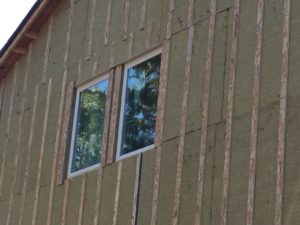
What is Continuous Insulation and Why Does It Matter?
Let’s start by clearing up a misconception about building envelopes: Buildings need to breathe, walls don’t. If you want a building to be energy efficient and comfortable, you can’t have leaky walls. If you want a resilient building without mold issues, you can’t have walls that trap moisture. With a continuous insulation strategy, however, you…
-
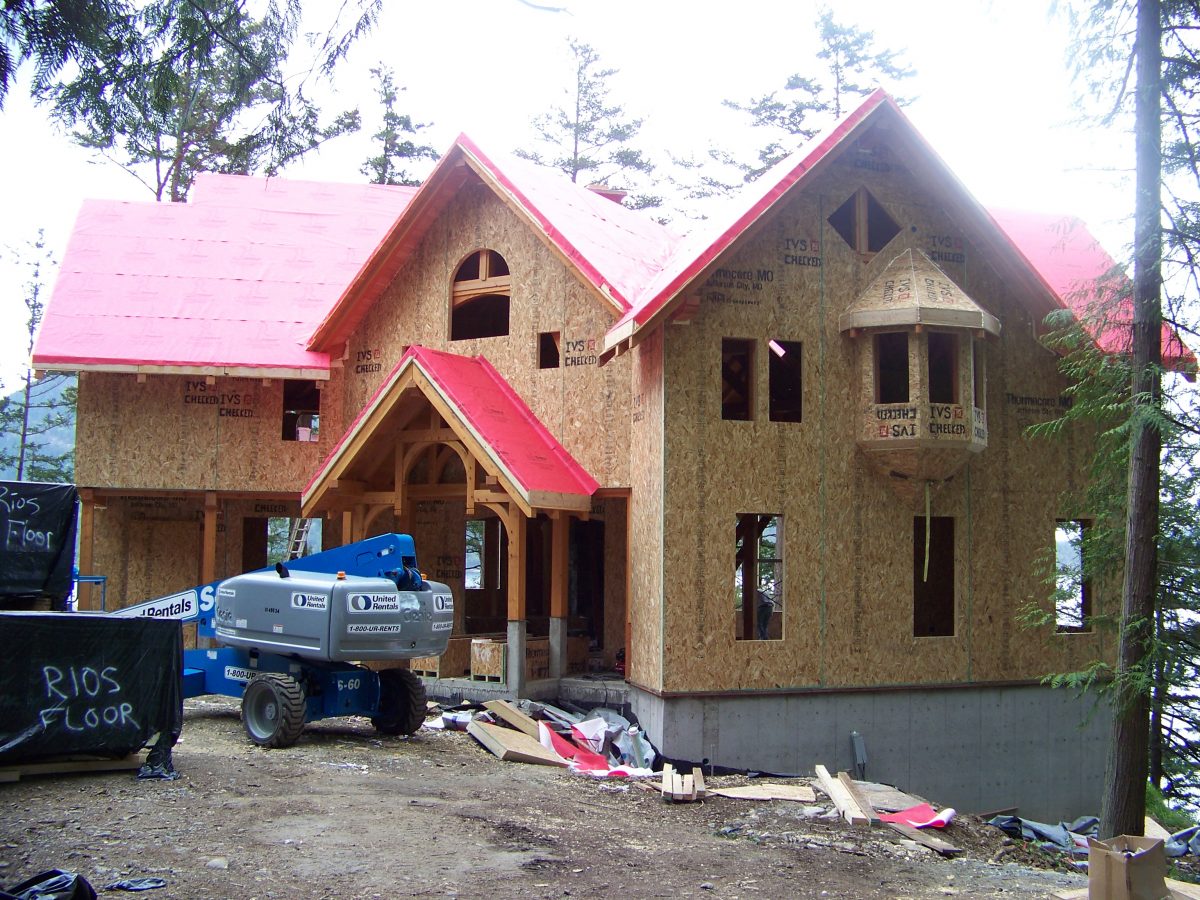
High Performance Walls and SIPs
When building an energy efficient home, High Performance wall assemblies are critical components, and can be grouped into a couple of categories: 1. Built on-site advanced wall assemblies and 2. Prefabricated walls, to include SIPs. Note that this blog post is largely dedicated to Polyurethane SIPs. ICFs, Insulated Concrete Forms, are a good option and…
-
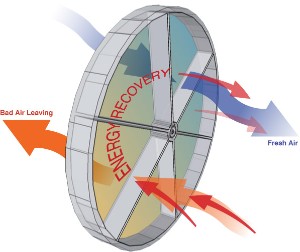
Quality Indoor Air with the Help of ERVs
Because High Performance buildings, like Passive Haus homes, are so air tight, the quality of the air within is a critical consideration. Whether we are at home, at work or in other public buildings, we are exposed to many indoor air pollutants. These pollutants can cause minor health issues such as headaches, eye irritation, allergies…
-

SIGA Majrex: A Skin Like the Cactus
What can we learn from the cactus related to building science? The cactus “skin” has essentially two perm ratings. The cactus absorbs vapor through its skin at night, and in the daytime when temperatures rise, that same skin prevents the moisture from escaping. The skin of the cactus allows moisture to migrate inward, but not…
-

Fresh Air Ventilation & Monitoring
Fresh air is a commodity that everyone needs and wants. Who doesn’t like to breathe fresh air? Generally, the best source of fresh air is the outdoors. But since most of us don’t live outside, we can still supply fresh air to our homes by opening windows and doors. However, we all know it’s neither…
-

High-Performance Windows
If eyes are the windows of the soul, then windows are the eyes of the energy-efficient home. Generally, windows are the weak link in the walls of a home. “I love putting plastic on my windows to keep cold air out and warm air in,” said no one ever. That is why considering the brand…
-
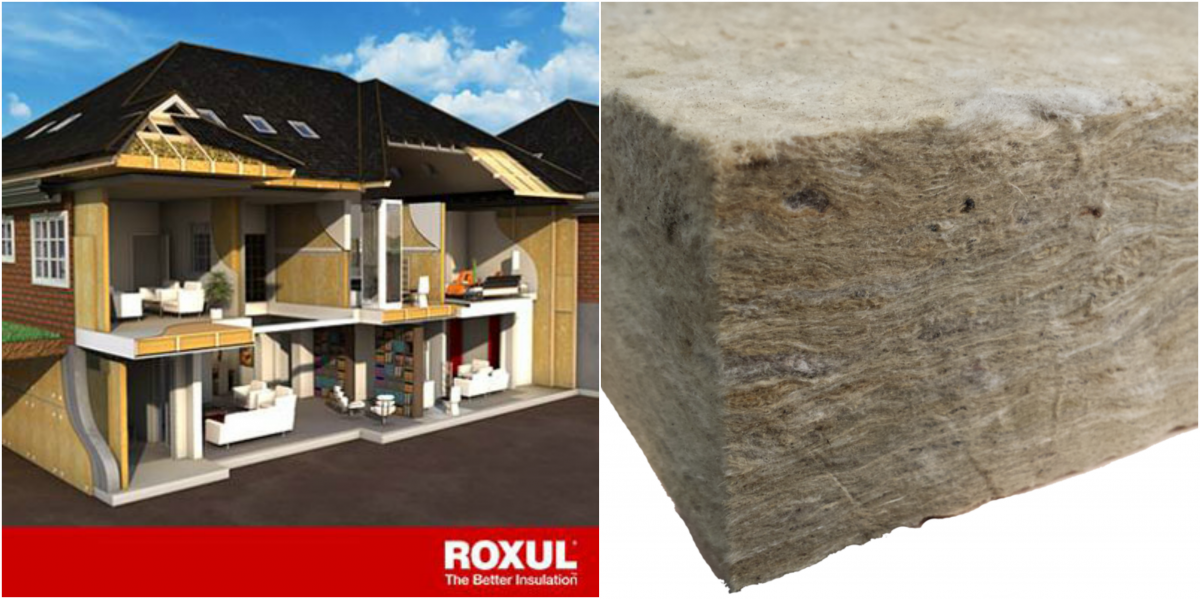
Mineral Wool Insulation: The Naked Truth
Let’s face it. Life is hard. Sometimes, pressures of work, family and bills can kick us in the teeth. And some days, we’re counting down the minutes to get home, kick off our shoes and chill. Maybe relax to some music or zone out with some Netflix. Better still, remove the confines of the day…
-
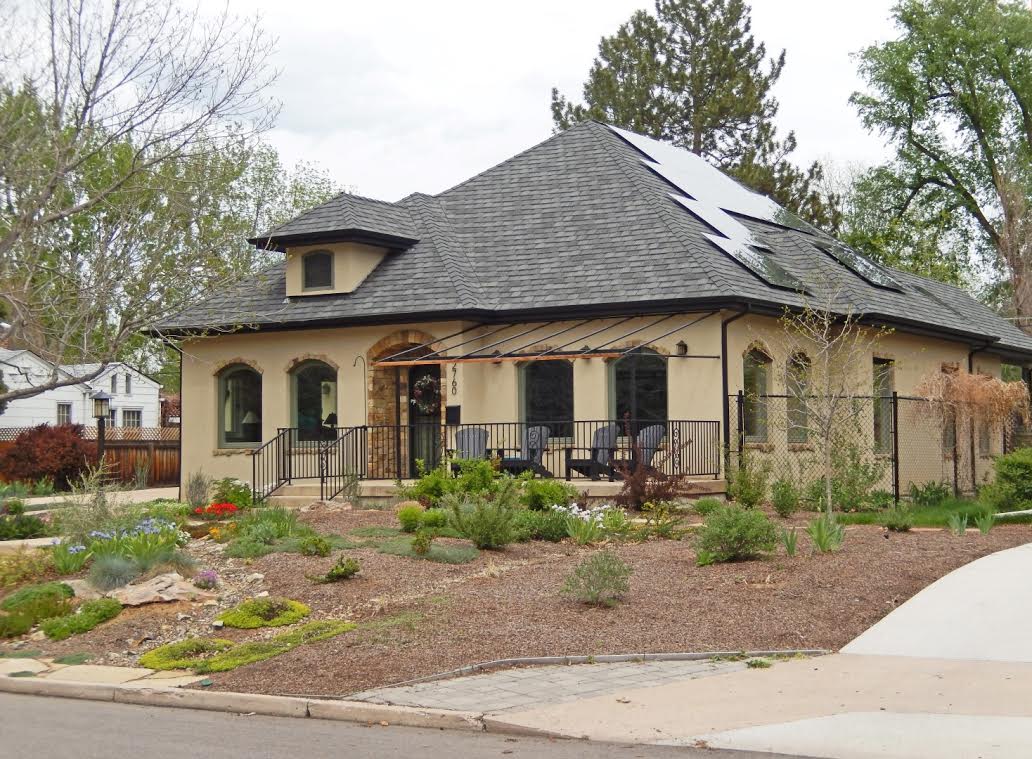
What is Passive House?
Passive House or PassivHaus – The Comfort of Energy Efficiency Passive House (or PassivHaus in Europe) is an energy efficiency standard that was developed in Germany but has its foundation in North America. The goal of Passive House is to reduce the energy required to heat a building by 70-80%, relative to current code-built buildings.…
-
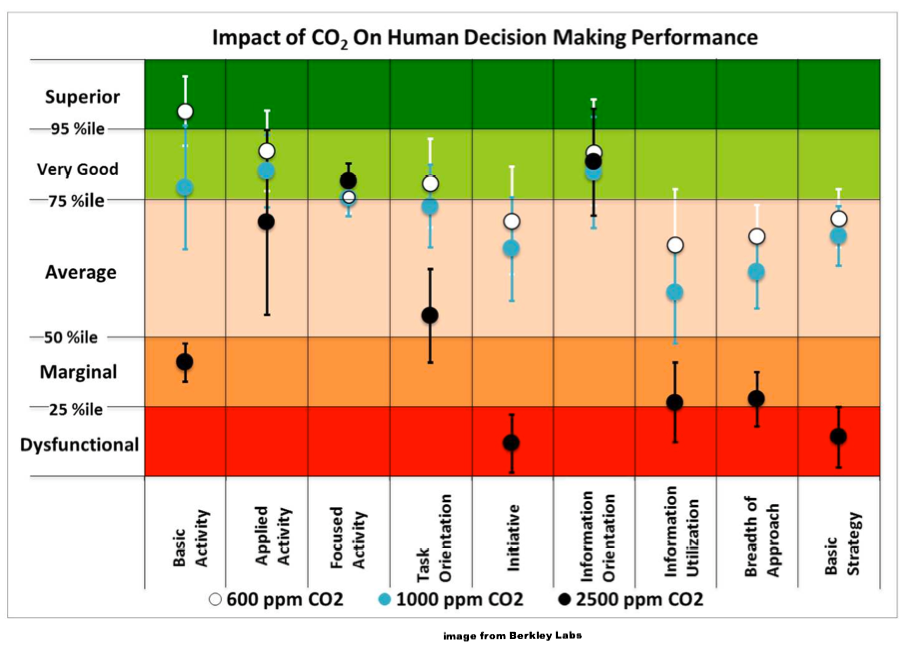
The Quality of Air
The focus of AE Building Systems over the years has been the building envelope. We have concentrated on this specific part of the building with the conviction that most issues related to green building start with a well designed and executed wall assembly. In fact AE has predicated its entire business on this basic idea.…
-

The Independant Power of Elon Musk
Just last week Elon Musk announced that Tesla would be producing the next great advancement in battery storage. Until now, battery storage for Photovoltaic Systems were costly, unreliable and required a large amount of space. That has all changed with the Powerwall. For only $3500 anyone can now purchase a 10kw storage system that will…
-
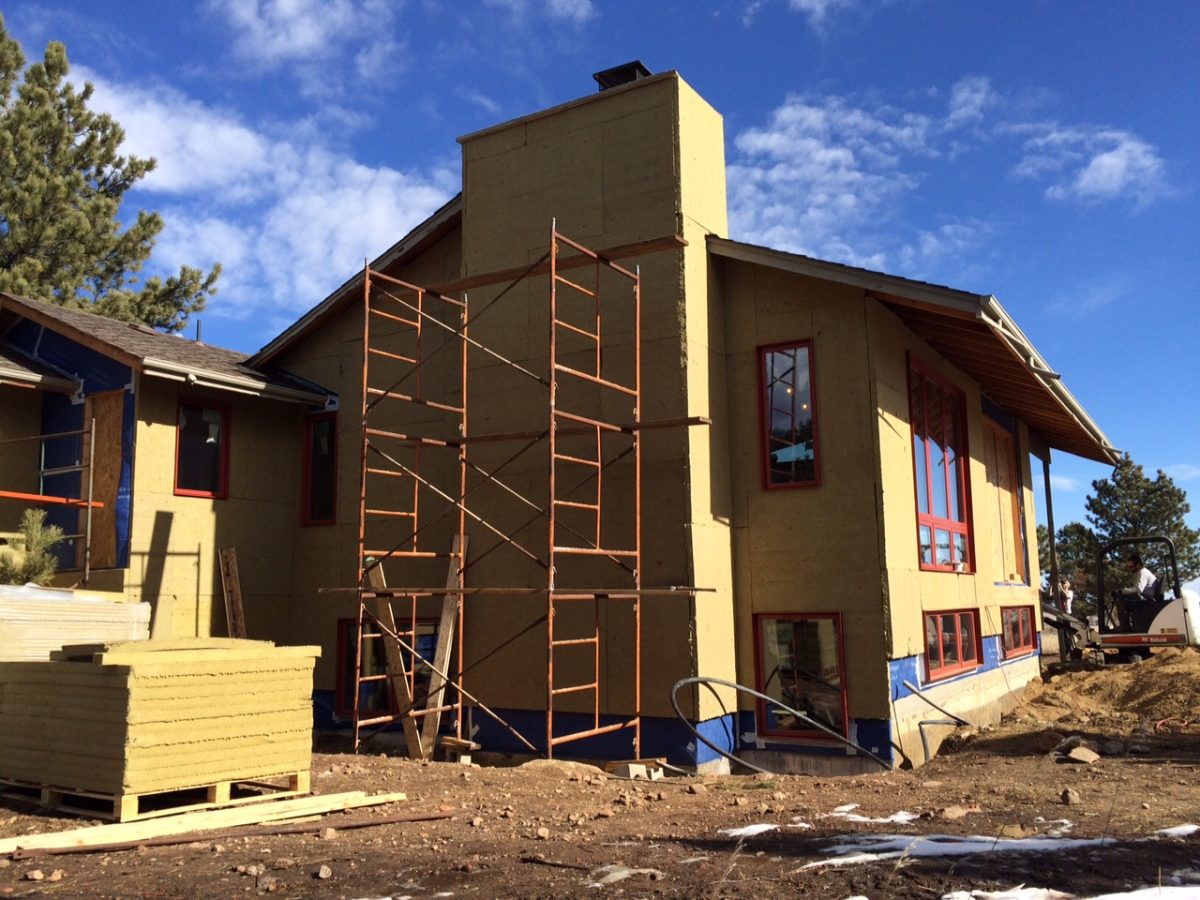
Bringing it all together
AE Building started out with the simple idea of filling a void in the building industry by providing high performance, energy efficient building products. Since that time we have expanded our reach by becoming building envelope experts, consulting with our clients on the many decisions required to develop a high performance wall assembly. We have…

